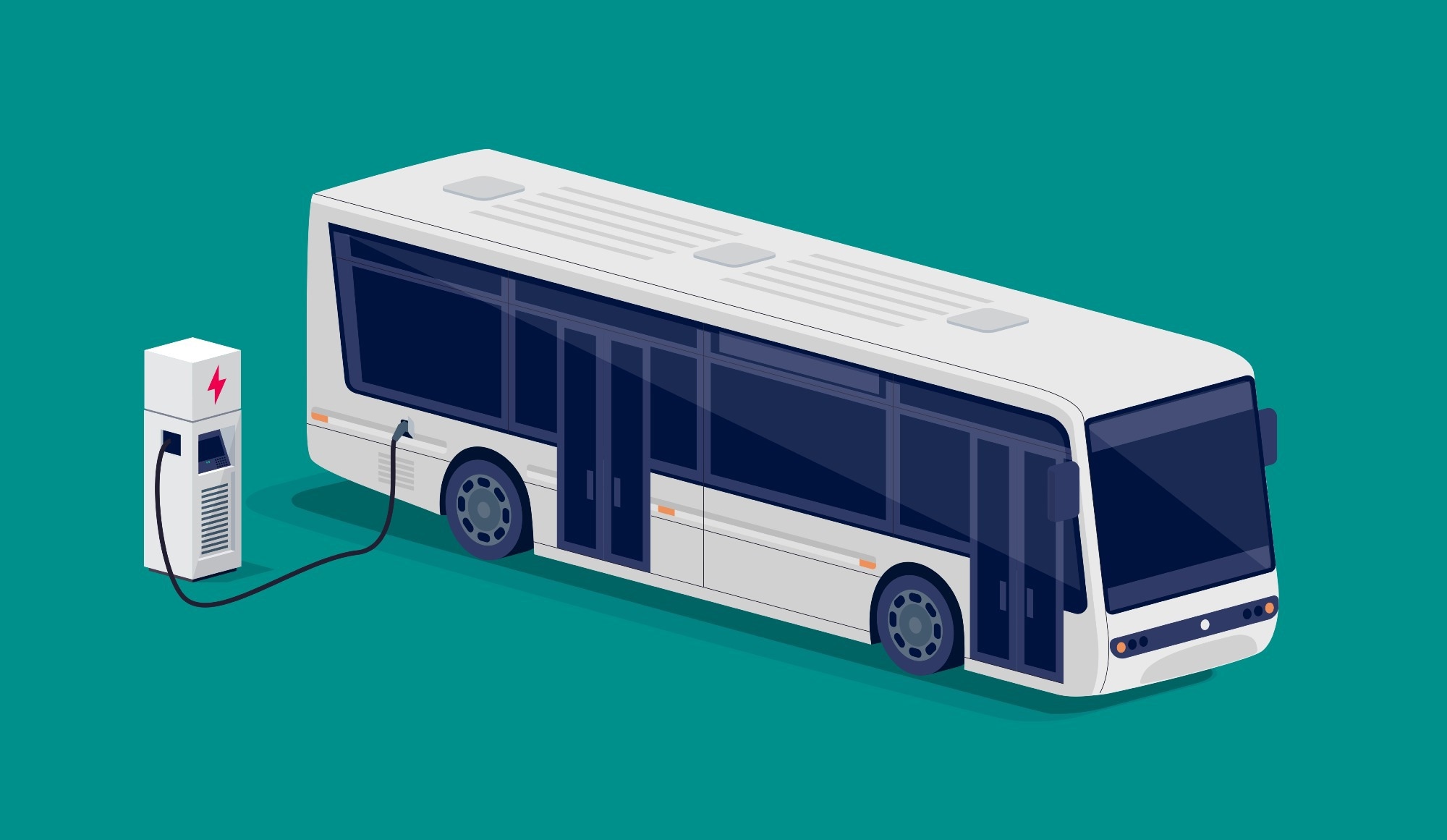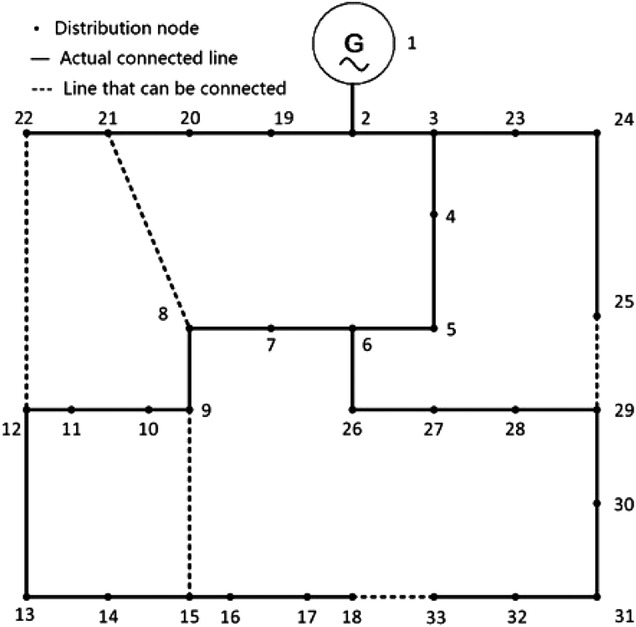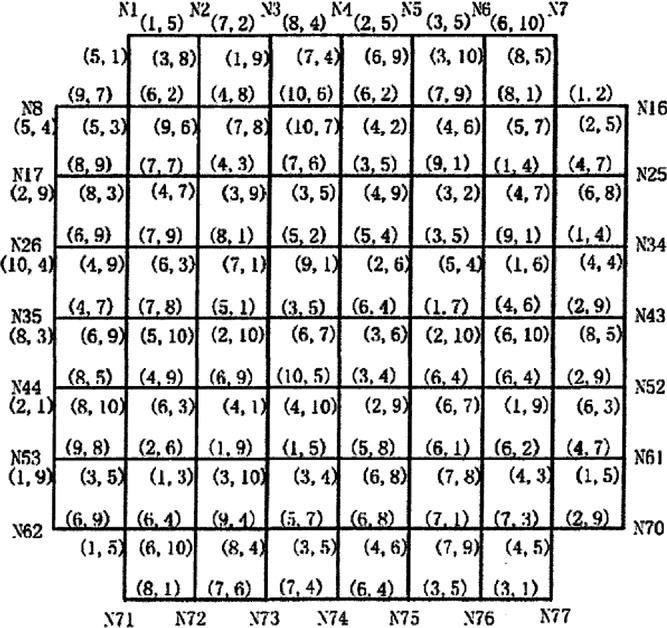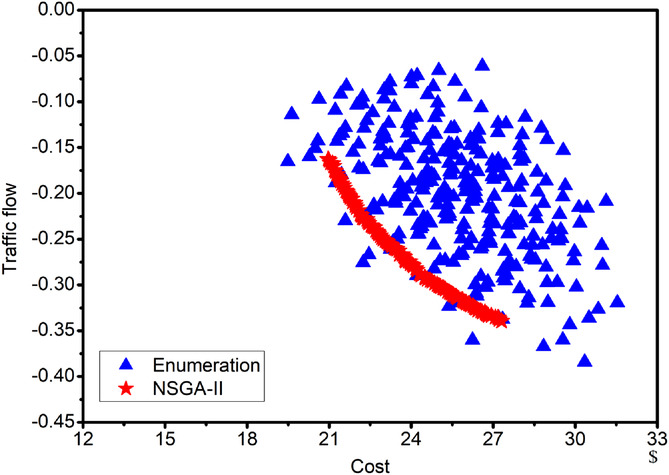Electrifying public transportation is a key strategy to reduce carbon emissions in urban areas. A new paper published in the journal IET Intelligent Transport Systems has investigated strategies for optimizing the location of charging stations, a key element of electric public transportation systems. The research has been conducted by scientists from Tsinghua University and Fuzhou University.

Study: Electric-bus charging stations multi-objective optimization planning on coupled power and traffic networks. Image Credit: petovarga/Shutterstock.com
The Pressing Need for Electric Vehicles
Electric vehicles (EVs) are a rapidly growing technology in the transportation sector, providing significant benefits over conventional internal combustion engine vehicles (ICEs.) The use of fossil fuel-derived petrol and diesel in ICEs has been linked to environmental damage and air pollution in urban areas, which EVs can address due to their zero-emission characteristics.
The twin concerns of air pollution and climate change-inducing carbon emissions have focused the attention of research scientists, engineers, industry, and governments on the rapid implementation of electric vehicles. Multiple companies in the transportation sector have introduced EV models over the past decade, with the market share of EVs reaching $163.01 billion dollars in 2020. By 2030, the market share of EVs is predicted to reach $823.75 billion.

33-node power distribution network. Image Credit: Zhang, K et al., IET Intelligent Transport Systems
Improving Electric Charging Infrastructure for Public Transportation
In urban areas, public transportation is a contributor to NOx and particulate air pollution and electrifying public transportation networks is a key strategy for improving air quality and reducing the environmental impact of the sector. Indeed, many cities are now electrifying their fleet, with cities such as Shenzhen in China reporting that they have transitioned to a 100% electric public transportation network.
The city of Shenzhen has reported that their fully electrified bus fleet could save around 72.9% energy compared to conventional diesel buses. The effect of this energy and fuel saving is that 345,000 tons of fuel can be saved annually, as well as reducing annual CO2 emissions by around 1.35 million tons.
There is, however, one critical bottleneck that hinders the effective operation of electric transportation networks in urban areas: the gap between charging demand and service supply. Proper planning of charging stations, such as number and location, for electric public transportation networks is needed.
Several studies in recent years have sought to address this key challenge, employing approaches such as two-step screening methods which consider the overall cost, service radius, and environmental factors to investigate the optimal location of charging stations. Other studies have developed models which use ultra-fast charging techniques.
However, many of these studies do not comprehensively take into account all the factors and parameters involved in electric bus (e-bus) networks, such as charging dynamics, charging behavior, user behavior, and impacts on power networks. Additionally, due to e-buses possessing large charging power, establishing charging networks will have an impact on traffic network efficiency and electricity quality.
Multiple models have been proposed to solve key problems in charging network design, with weighted methods, genetic algorithm-based models, multi-objective evolutionary algorithms, and more explored. However, each method employed to address this research question suffers from its own limitations, making effective modeling of networks and optimal charging stations highly challenging.

Congestion tolls for the traffic network. Image Credit: Zhang, K et al., IET Intelligent Transport Systems
The Study
The new study in IET Intelligent Transport Systems has made some key contributions to this research area. Firstly, the authors have identified that congestion toll and charging price are key factors which affect the optimal placement and operation of e-bus charging stations and will impact traffic management and charging control. There is an economic incentive for guiding the behavior of drivers and alleviating instances of traffic disruption and congestion.
Secondly, the authors have provided an analysis of electric bus charging characteristics. Planning and operation costs have been considered, which guides the allocation of charging stations for e-bus networks.
Thirdly, the research employs NSGA-II, an evolutionary algorithm which helps to solve multi-objective optimization problems, a key issue in the design of efficient and optimized e-bus charging networks and the placement of charging stations.
The authors have noted that increasing EV penetration requires the coupling of traffic networks and power supplies. This research question requires the consideration of multivariate factors, parameters, objectives, as well as uncovering feasible evaluation methods.

Comparison between Enumeration Method and NSGA-II. Image Credit: Zhang, K et al., IET Intelligent Transport Systems
In Summary
The environmental and public health benefits of electrifying the transportation industry have become clearer in recent decades, and with the rapid urban growth that has defined the 20th and 21st centuries, there is a pressing need to improve the sustainability of human society.
By conducting an in-depth investigation of the problem of e-bus charging station placement and applying a novel methodology, the authors behind the new paper have provided a framework for future network design, taking into account multiple factors and objectives. The research overcomes multiple problems currently reported in the literature.
By concentrating on e-bus networks, which are becoming increasingly mature and can increase the simplicity of overcoming research challenges, the paper has provided the basis for future studies on the complex problem of electrifying transportation systems.
Further Reading
Zhang, K et al. (2022) Electric-bus charging stations multi-objective optimization planning on coupled power and traffic networks IET Intelligent Transport Systems [online] ietresearch.onlinelibrary.wiley.com. Available at: https://doi.org/10.1049/itr2.12215
Disclaimer: The views expressed here are those of the author expressed in their private capacity and do not necessarily represent the views of AZoM.com Limited T/A AZoNetwork the owner and operator of this website. This disclaimer forms part of the Terms and conditions of use of this website.